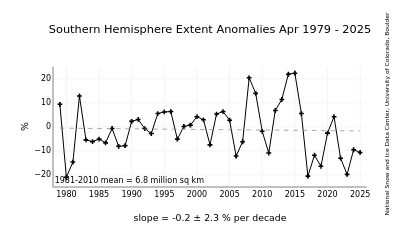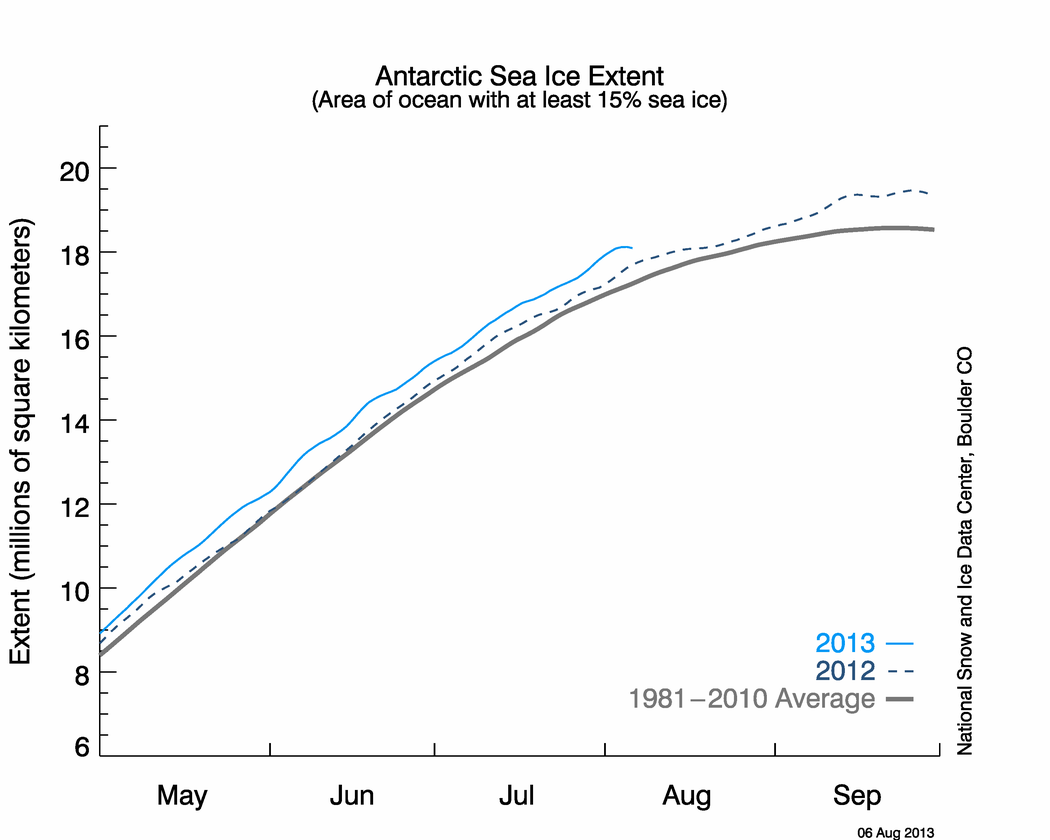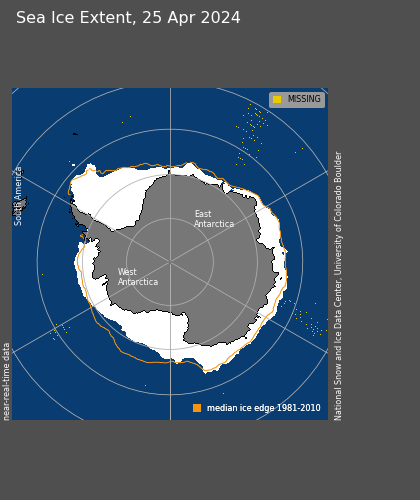The Lancet medical journal and groups like the Food Ethics Council in Britain have supported his suggestion to eat less red meat to control global emissions, noting that Westerners eat more meat than is healthy anyway.
Producing a pound of beef creates 11 times as much greenhouse gas emission as a pound of chicken and 100 times more than a pound of carrots, according to Lantmannen, the Swedish group.
But any suggestion to eat less meat may run into resistance in a world with more carnivores and a booming global livestock industry. Meat producers have taken issue with the United Nations' estimate of livestock-related emissions, saying the figure is inflated because it includes the deforestation in the Amazon, a phenomenon that the Brazilian producers say might have occurred anyway.
United Nations scientists defend their accounting. With so much demand for meat, "you do slash rain forest," said Pierre Gerber, a senior official at the United Nations Food and Agriculture Organization. Soy cultivation has doubled in Brazil during the past decade, and more than half is used for animal feed.
Laurence Wrixon, executive director of the International Meat Secretariat, said that his members were working with the Food and Agriculture Organization to reduce emissions but that the main problem was fast-rising consumption in developing countries. "So whether you like it or not, there's going to be rising demand for meat, and our job is to make it as sustainable as possible," he said.
Estimates of emissions from agriculture as a percentage of all emissions vary widely from country to country, but they are clearly over 50 percent in big agricultural and meat-producing countries like Brazil, Australia and New Zealand.
In the United States, agriculture accounted for just 7.4 percent of greenhouse gas emissions in 2006, according to the Environmental Protection Agency.
The percentage was lower because the United States produces extraordinarily high levels of emissions in other areas, like transportation and landfills, compared with other nations. The figure also did not include fuel burning and land-use changes.
Wealthy, environmentally conscious countries with large livestock sectors — the Netherlands, Denmark, Germany and New Zealand — have started experimenting with solutions.
In Denmark, by law, farmers now inject manure under the soil instead of laying it on top of the fields, a process that enhances its fertilizing effect, reduces odors and also prevents emissions from escaping. By contrast, in many parts of the developing world, manure is left in open pools and lathered on fields.
Others suggest including agriculture emissions in carbon cap-and-trade systems, which currently focus on heavy industries like cement making and power generation. Farms that produce more than their pre-set limit of emissions would have to buy permits from greener colleagues to pollute.
New Zealand recently announced that it would include agriculture in its new emissions trading scheme by 2013. To that end, the government is spending tens of millions of dollars financing research and projects like breeding cows that produce less gas and inventing feed that will make cows belch less methane, said Philip Gurnsey of the Environment Ministry.
At the electricity-from-manure project here in Sterksel, the refuse from thousands of pigs is combined with local waste materials (outdated carrot juice and crumbs from a cookie factory), and pumped into warmed tanks called digesters. There, resident bacteria release the natural gas within, which is burned to generate heat and electricity.
The farm uses 25 percent of the electricity, and the rest is sold to a local power provider. The leftover mineral slurry is an ideal fertilizer that reduces the use of chemical fertilizers, whose production releases a heavy dose of carbon dioxide.
For this farm the scheme has provided a substantial payback: By reducing its emissions, it has been able to sell carbon credits on European markets. It makes money by selling electricity. It gets free fertilizer.
And, in a small country where farmers are required to have manure trucked away, it saves $190,000 annually in disposal fees. John Horrevorts, experiment coordinator, whose family has long raised swine, said that dozens of such farms had been set up in the Netherlands, though cost still makes it impractical for small piggeries. Indeed, one question that troubles green farmers is whether consumers will pay more for their sustainable meat.
"In the U.K., supermarkets are sometimes asking about green, but there's no global system yet," said Bent Claudi Lassen, chairman of the Danish Bacon and Meat Council, which supports green production. "We're worried that other countries not producing in a green way, like Brazil, could undercut us on price."
Previous Page 1 | 2












































































